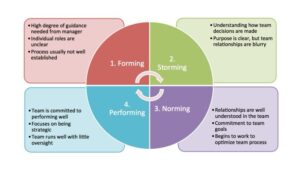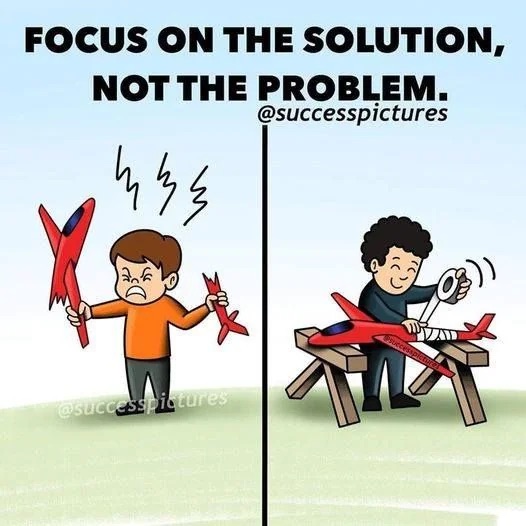Goals begin behaviors. Consequences maintain behaviors. People who feel good about themselves produce good results.
Being a leader and goal setting is totally my jam! It is something that I constantly am looking for a better way to not only set goals, but also communicate them. This is can go both up to your manager or down to your team member. This book, The One Minute Manager, is a quick read that could bring big impact to your work life.

There are 3 stages to becoming a one-minute manager.
#1 – One Minute Goal Setting
If you can’t describe the problem and the solution to fix the problem, then you are just complaining. Be part of the solution! (ouch…right)
When making a goal, use the rule of thumb that the entire thing must be able to be read in 1 minute (one single pc of paper). You want to make it as simple as possible but have enough information that everyone is aligned. You both will agree upon the goal and the steps needed to get there. This gives ownership and understanding of the expectations. Make sure established checkpoints are defined to ensure performance towards that goal. This can be weekly, monthly, or quarterly depending on the goal.
This is not for EVERY aspect of the job. This is for major goals and responsibilities.
Goal setting is based on the person’s ability at that time. You set an achievable goal. Then next step you stretch that goal a little farther. Each time stretching the goal. Never stop improving and pushing.
If you are the manager: You do NOT do the talking. You do the listening and ask the right questions for the person to gain the confidence in the solution they come up with.
#2 – One Minute Praising
As a leader, you want to help your team members reach their full potential. You can do this by catching them doing something right.
When setting their goals, make sure they know up front that you are going to let them know how they are doing. Feedback is critical. This feedback needs to be in the moment. Don’t wait a week, month, or their next performance review.
Praise must be specific, so they know you really do care and know what is going on. Tell them how good you feel about what they did, how it helps the organization, and the other people that work there. Make sure to stop for a moment of silence so they can “feel” how good you feel. Touch is also helpful when giving praise. Depending on your relationship you can shake hands or put a hand on their shoulder. It is critical that what you say and do is sincere.
People will perform better knowing that you are watching and will actually start praising themselves. Your praise will be an added bonus to them.
#3 – One Minute Reprimands
Now to the hard and sometimes uncomfortable part of leadership which is reprimands.
The key to success with this is to make sure it is about their bad behavior and not the person. Never attack the person’s worth or value. Focus on the behavior and the person will not become defensive. Only discuss one thing at a time with the person. Do not save up bad behaviors. The behavior needs to be in the moment or immediately when discovered. Look them in the eye and tell them precisely what they did wrong, how it makes you feel, and how they are still a good person/asset to the company.
Always end it in praise. 1st Reprimand & then praise
We are not just our behavior. We are the person managing our behavior.
Overall
The best minute I spend is the one I invest in people. It’s better to invest in your people then new machines, etc.
Everyone is a potential winner. Some people are disguised as losers, don’t let their appearance fool you.
In the beginning, a new hire will need lots of attention to succeed. Goal setting, Praise, and Reprimands. Once they get their feet under them, most require little to no hand holding.
Even if they don’t need hand holding, feedback is critical for productivity and job satisfaction. People need to hear what they are doing right and what they are doing wrong on a regular basis.
Reflection is Key. Take a minute:
- Look at your goals.
- Look at your Performance.
- See if your behavior matches your goals.
3 Choices when Hiring Someone
- Hire a winner – hard to find and expensive
- Hire someone with potential to be your winner & train them to be a winner
- Pray – I hope this person works out (TTW)














